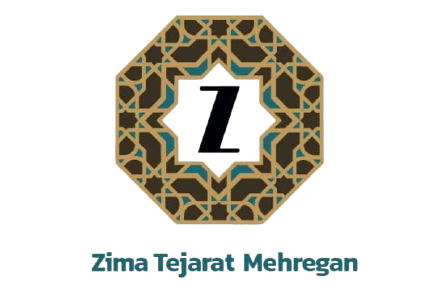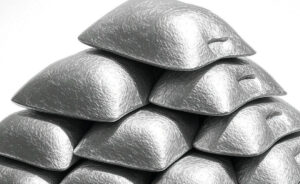
Pig Iron
Pig iron is a basic form of iron produced by smelting iron ore in a blast furnace. During the smelting process, iron ore is melted along with coke (a form of carbon) and limestone as a flux. The resultant molten iron is then poured into molds called pigs, hence the name "pig iron". Pig iron contains high levels of carbon, typically between 3.5% and 5%, along with other impurities such as sulfur, phosphorus, and silicon. It is brittle and not suitable for direct use in most applications but serves as a key intermediate product in steelmaking. Steelmakers use pig iron as a primary raw material in the production of steel. It undergoes further processing in basic oxygen furnaces or electric arc furnaces, where the carbon content and impurities are carefully controlled to produce various grades of steel with desired properties. Despite its limitations, pig iron remains crucial in the steel industry due to its role as a primary source of iron and carbon for steelmaking.
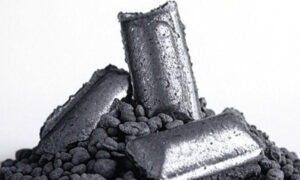
HBI : Hot briquetted iron
Hot briquetted iron (HBI) is a form of direct reduced iron (DRI) produced by reducing iron ore pellets or lump ore into metallic iron through a high-temperature reduction process. The resulting product is compressed into dense, pillow-shaped briquettes at high temperatures and then cooled for transportation and handling.
HBI offers several advantages over traditional iron production methods, including higher iron content, reduced impurities, and improved handling and transportation efficiency due to its compact and uniform shape. It is used as a feedstock in electric arc furnaces (EAFs) and basic oxygen furnaces (BOFs) to produce steel, offering steelmakers flexibility and cost-effectiveness in their operations.
HBI plays a significant role in the steel industry's efforts to reduce carbon emissions and improve overall production efficiency.
Ferrosilicon
Ferrosilicon is an alloy composed primarily of iron and silicon, with varying concentrations of other elements such as manganese and aluminum. It is produced by smelting quartz (silica) with coke and iron in an electric arc furnace. Ferrosilicon is commonly used as a deoxidizer and alloying agent in the production of steel and cast iron. It helps to remove oxygen and other impurities from molten metal, improving the quality and mechanical properties of the final product. Additionally, ferrosilicon is used in the manufacturing of various alloys, including stainless steel, carbon steel, and low-alloy steel, to enhance their strength, hardness, and corrosion resistance. Furthermore, ferrosilicon is employed in the production of silicon-based compounds, such as silicones and silanes, which find applications in the chemical, automotive, and electronics industries.
Overall, ferrosilicon plays a vital role in modern metallurgy and industrial processes due to its versatility and beneficial properties.
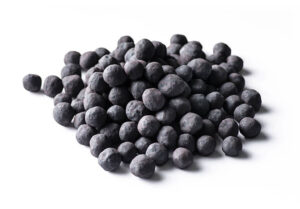
Pellets
Iron pellets are small, spherical or oval-shaped agglomerates of iron ore that are typically used as a raw material in the production of steel. They are produced by agglomerating fine iron ore particles into larger, more uniform pellets through a process called pelletizing. The pelletizing process involves mixing iron ore fines with a binder, typically bentonite clay, and sometimes additives such as limestone or dolomite, to improve the pellet's properties. The mixture is then formed into small pellets in pelletizing equipment, such as disc pelletizers or drum pelletizers. These pellets are then hardened by heating them in a furnace to high temperatures, typically around 1300°C (2372°F), which sinter the particles together. Iron pellets offer several advantages over other forms of iron ore, including improved handling and transportation characteristics, reduced dust and fines generation, and better control over iron content and impurities. They are a preferred feedstock in blast furnaces and direct reduction processes for steelmaking due to their uniform size, high iron content, and consistent quality.
We provide what you need!
Our activities know no boundaries and span across multiple industries, strengthening supply chains and driving progress in diverse sectors.
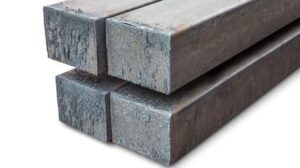
Billets
Steel billets, are semi-finished steel products that are typically produced through a process called continuous casting or by hot rolling. They are rectangular or square in shape with rounded edges and are characterized by their solid, dense structure. Iron billets serve as a feedstock for further processing in various manufacturing processes, particularly in the production of long steel products such as bars, rods, and wire. They are heated and then passed through rolling mills or other shaping machinery to form the desired final product. Billets are produced in different sizes and grades to meet specific customer requirements and end-use applications. They play a crucial role in the steel industry supply chain, serving as a primary raw material for the manufacture of a wide range of steel products used in construction, infrastructure, automotive, and machinery industries. Iron billets are valued for their versatility, uniformity, and consistency, making them essential components in modern manufacturing processes.
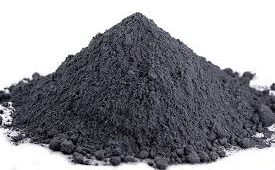
Iron Concentrate
Iron concentrate, also known as iron ore concentrate, is a powdered or granular form of iron ore that has been processed to remove impurities and increase its iron content. It is typically produced through beneficiation processes such as crushing, grinding, magnetic separation, flotation, or gravity separation. The beneficiation process begins with the extraction of raw iron ore from mines, which is then crushed and ground into smaller particles. The ore is then concentrated by removing unwanted gangue minerals, such as silica, alumina, and phosphorus, through various methods depending on the ore's characteristics. Once the impurities are removed, the resulting iron concentrate typically contains a significantly higher iron content than the original ore, often ranging from 60% to over 70% iron content. This concentrated iron ore is then transported to steel mills or pelletizing plants, where it serves as a primary raw material for steel production.
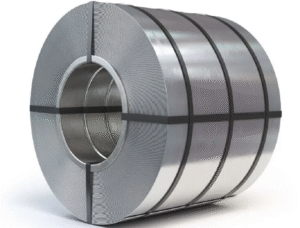
Hot rolled coils
Hot rolled coils (HRC) are flat-rolled steel products that are produced through a hot rolling process. In this process, steel slabs or ingots are heated above their recrystallization temperature and then passed through a series of rollers to reduce their thickness and achieve the desired dimensions
During hot rolling, the steel is subjected to high temperatures and pressure, which results in the reshaping and elongation of the material. This process eliminates internal stresses, refines the grain structure, and improves the mechanical properties of the steel, such as strength and toughness. Hot rolled coils are typically characterized by their smooth surface finish and scaled surface, which is a layer of oxide formed during the hot rolling process. They are available in various thicknesses and widths, depending on customer requirements and end-use applications. Hot rolled coils are used in a wide range of industries, including construction, automotive, manufacturing, and appliances. They are commonly employed in the production of structural components, such as beams and columns, as well as in the manufacturing of pipes, tubes, and various other steel products.
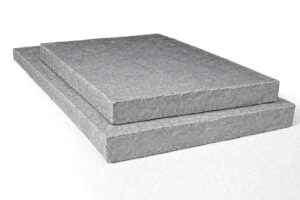
Slabs
Steel slabs are large, flat semi-finished steel products that serve as the primary raw material for the production of various downstream steel products. They are typically rectangular in shape with a thickness ranging from a few inches to several inches.Steel slabs are produced through a process called continuous casting, where molten steel is poured into a water-cooled mold to solidify into a semi-finished slab shape
Once solidified, the slab is then transferred to a rolling mill where it undergoes further processing, such as hot rolling, to achieve the desired thickness and dimensions. These slabs serve as feedstock for the manufacturing of a wide range of steel products, including hot-rolled coils, plates, sheets, and other flat-rolled products, as well as structural shapes and seamless pipes. The quality and properties of the final steel products depend significantly on the quality of the steel slabs used in their production. Steel slabs are essential components in the steel industry supply chain, providing a versatile and reliable source of raw material for downstream steel manufacturers. They play a crucial role in various industries, including construction, automotive, infrastructure, and manufacturing.
Ferrosilicon
Ferrosilicon
An essential alloy used in deoxidation processes and for enhancing the mechanical properties of steel and cast iron.
HBI
Hot Briquetted Iron (HBI)
A high iron content product with excellent transport stability, suitable for electric arc furnaces (EAF) and basic oxygen furnaces (BOF).
HRC
Hot Rolled Coil (HRC)
One of the most widely used forms of steel, featuring a smooth surface and high strength ideal for a variety of industries.
Slabs
Steel Slab (Slab)
A flat steel product used for the production of sheets, coils, and industrial pipes.
Take Action Now...
We are not solely focused on economic growth; we aim to make a positive and lasting impact on society and the environment.
Supply Process
How do we execute the project?
The Zima Tejarat Mehregan team strives to ensure that everyone feels safe, valued, and satisfied.


